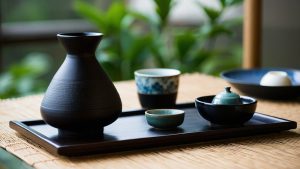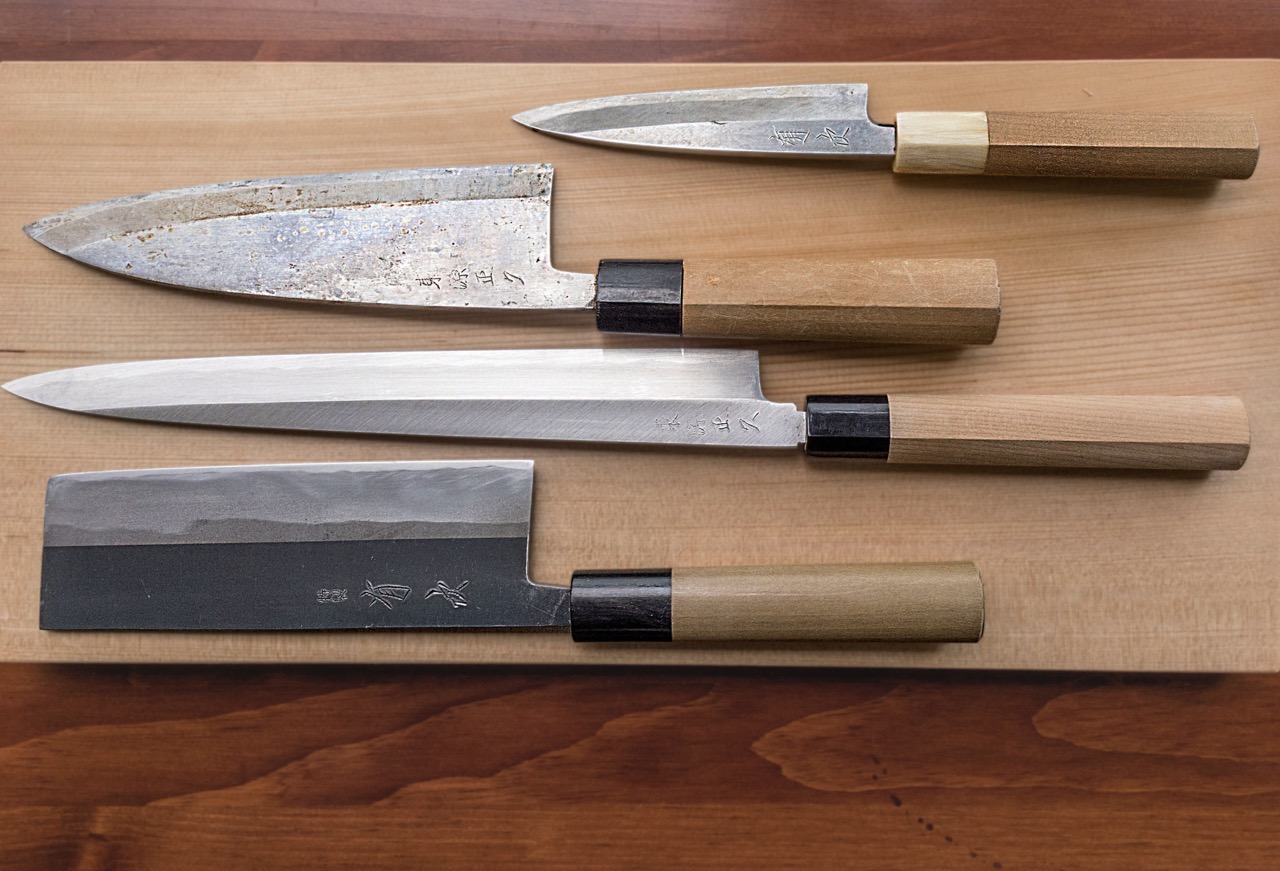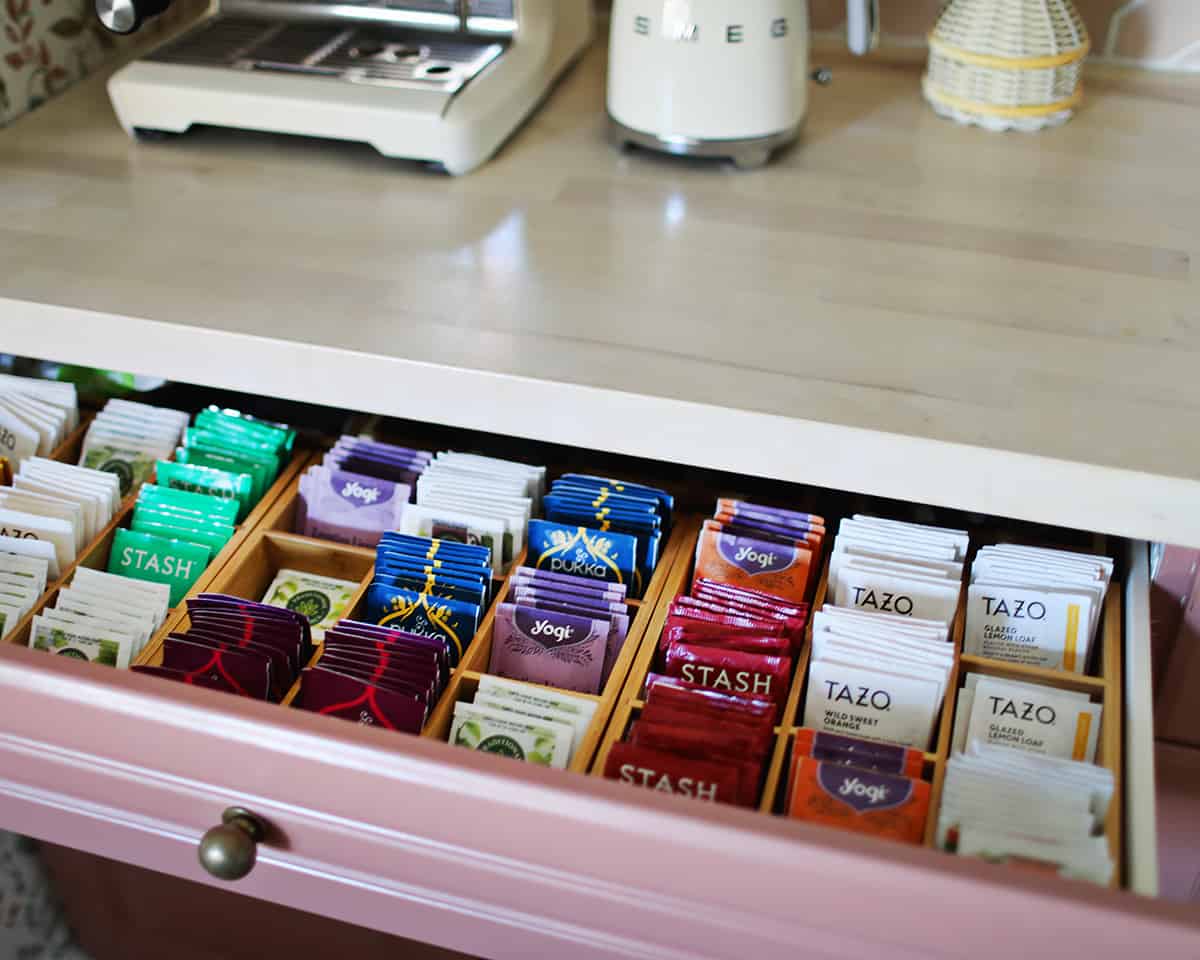Home>Articles>The Ritual and Etiquette of the Modern Japanese Tea Ceremony


Articles
The Ritual and Etiquette of the Modern Japanese Tea Ceremony
Modified: August 27, 2024
Explore the modern Japanese tea ceremony's rituals and etiquette, blending tradition with contemporary influences for a unique cultural experience
(Many of the links in this article redirect to a specific reviewed product. Your purchase of these products through affiliate links helps to generate commission for Storables.com, at no extra cost. Learn more)
As you explore the ritual and etiquette surrounding the modern Japanese tea ceremony, you gain insight into this tradition that dates back centuries yet continues to evolve. In your journey to learn more about the ceremony, you discover the variety of tea sets used, from casual everyday sets to formal styles reserved for special occasions. The materials range from porcelain to cast iron to glass, each imparting a unique aesthetic. Beyond mere vessels, these tea sets connect us to history and culture, provide an artistic outlet, and foster human connections. Beyond mere vessels, these tea sets connect us to history and culture, provide an artistic outlet, and foster human connections. To discover a range of options, visit https://www.teasetbox.com.
History and Tradition of the Japanese Tea Ceremony
Read more: How To Make Tea With A Tea Kettle
Origins of the Ceremony
The Japanese tea ceremony, also known as chanoyu or chado, originated in the 15th century. Buddhist monks practiced an elaborate method of preparing and serving matcha green tea to achieve a sense of tranquility. Over time, the ritual spread to samurai warriors and eventually to the general public. The ceremony celebrates the ephemeral nature of life.
Key Principles
Several principles govern the tea ceremony. Wa-Kei-Sei-Jaku: harmony, respect, purity, and tranquility. The host carefully crafts an atmosphere of peace and beauty in all aspects of the ceremony from the hanging scrolls to the flower arrangement. The selection of utensils also follows the concept of wabi-sabi, finding beauty in simplicity and imperfection.
The Tea House
The tea ceremony takes place in a tea house. The house is typically small and simple with natural elements like wood, bamboo, and paper. A low entrance forces guests to bow as they enter, leaving worldly concerns behind. The interior has plain clay walls and bamboo mat floors. A tokonoma alcove holds a simple flower arrangement and hanging scroll to reflect the season.
For those inspired by the serene and minimalist aesthetics of the tea house, there are many ways to incorporate Japanese influence into house design. This can include using natural materials, creating a space for tranquility, and focusing on simplicity and functionality, much like the design principles seen in traditional tea rooms.
The Tea
Matcha green tea powder is prepared in an exacting ritual. The host gently whisks the powder with hot water in a bowl using a bamboo whisk until frothy. The bowl, whisk, scoop, and other utensils are selected to complement the season and theme of the gathering. The guests show appreciation for the host’s craftsmanship and hospitality by bowing before accepting and enjoying the bowl of tea.
The modern tea ceremony follows the same principles of harmony, respect, and tranquility as in the 15th century. While the tools and trappings have evolved, the focus on hospitality, gratitude, and living in the moment remains unchanged. Participating in a tea ceremony offers a reprieve from the hectic pace of modern life and a chance to connect with tradition.
Read more: What Is Table Etiquette?
Types of Modern Japanese Tea Sets
Cast Iron Tea Sets
Cast iron tea sets are durable and retain heat well, keeping tea warm for a long period of time. Cast iron sets typically come with a tetsubin, or cast iron teapot, and a few matching cast iron cups. The tetsubin is usually coated with an enamel glaze to prevent rusting and impart a smooth finish. Cast iron tea sets produce a faint metallic aroma that some believe enhances the flavor of green teas.
Ceramic Tea Sets
Ceramic tea sets offer an elegant and traditional feel. Ceramic sets are made from clay, then glazed and fired. The glaze helps prevent staining and odors from building up in the porous clay. Ceramic sets include a teapot, cups, and occasionally a waste water bowl. Popular ceramic materials for tea sets include stoneware, porcelain, and raku. Raku tea sets feature irregular, handmade shapes and earthy glazes.
Glass Tea Sets
For a modern look, consider a glass tea set. The transparent glass allows you to view the steeping tea leaves. Borosilicate glass is a popular choice as it is resistant to high heat and stains. Matching glass cups allow you to appreciate the color of the brewed tea. Some glass tea sets include glass infusers that can be removed once the tea has steeped. Glass tea sets require more frequent cleaning to prevent buildup of stains and odors.
With various materials and styles to choose from, you can find a Japanese tea set suited to your tastes and needs. Taking the time to research the different options will help ensure you select a high-quality set that provides an enjoyable tea experience for years to come.
Read more: How To Germinate Japanese Maple
Materials Used to Craft Modern Tea Sets
The materials used to construct modern Japanese tea sets are carefully selected for their cultural and aesthetic significance. Porcelain, in particular, is highly prized for its delicate beauty and ability to enhance the color and fragrance of the tea.
Porcelain
Fine white porcelain, such as Seto porcelain, is frequently used to craft tea sets. Valued for its translucence and ability to produce a clear, resonant tone when tapped, porcelain is fired at very high temperatures, resulting in a non-porous, durable material that is ideal for brewing and serving tea. The porcelain’s neutral color also highlights the vibrant hues of the tea.
Stoneware
Dense stoneware, especially that originating from renowned kilns like Bizen and Shigaraki, is also popular for tea sets. The rough, natural textures and irregular shapes of stoneware pieces complement the rustic spirit of wabi-sabi in the tea ceremony. Stoneware is extremely durable and helps insulate temperature, keeping tea hot for a long period of time.
Lacquerware
Black lacquerware, decorated in gold or silver, is used for some tea set components like trays, caddies, and waste water containers. The lacquer is laboriously applied in many layers and polished to a luxurious sheen. Lacquerware is prized for its longevity, water resistance, and the depth of color it produces.
Read more: What Is Common Table Etiquette In Spain?
Bamboo
Bamboo is a ubiquitous material used in tea sets for items such as whisks, scoops, and stands. Bamboo is valued for being a natural, renewable resource that ages gracefully. Over time, bamboo develops a desirable patina through use in the tea ceremony. Bamboo’s natural tones and textures complement other materials like porcelain, stoneware and lacquer.
In summary, the materials used in modern Japanese tea sets are carefully chosen for their cultural significance and ability to enhance the aesthetics of the tea ceremony. Porcelain, stoneware, lacquerware, and bamboo each lend unique qualities that are prized by practitioners of the way of tea.
The Rituals and Etiquette of the Modern Tea Ceremony
The modern Japanese tea ceremony, known as chanoyu or sado, follows a precise set of rituals and etiquette. As a guest, it is important to understand and respect these formal procedures.
Preparation
Before the tea ceremony begins, guests gather in a waiting room to purify themselves by washing their hands and rinsing their mouths. This symbolic cleansing prepares attendees to appreciate the simplicity and tranquility of the tea experience.
Entering the Tea Room
Guests enter the tea room one by one through a small doorway, crouching to bow upon entering and leaving as a sign of respect. The host welcomes each guest and directs them where to sit. The tea room is kept extremely simple, with minimal decorations to avoid distraction.
Serving the Tea
The host serves the tea to each guest in turn, placing a bowl of whipped green tea powder, known as matcha, in front of them. The guest then picks up the bowl in one hand, places the other palm-down on the floor, and bows to the host. The guest then enjoys the tea, holding the bowl chest-high while drinking the tea.
Appreciating the Tea Utensils
The tea utensils, such as the tea bowls, tea caddy, and whisk, are treated with utmost care and reverence. They are prized not for their monetary value but for their craftsmanship and the philosophy of wabi-sabi they represent. Guests admire and appreciate the simple beauty of these tools.
For those interested in exploring more aspects of Japanese culture, learning how to use Japanese tableware can complement the experience of participating in a tea ceremony, providing a deeper understanding of the customs and etiquette involved in Japanese dining.
Taking Leave
When finished, each guest will bow to the host to thank them before exiting the tea room. The host will return the bow in appreciation of the guest’s participation in the ritual. The tea ceremony thus comes to an end, allowing attendees to carry the memory of this tranquil experience with them.
In summary, attending a modern Japanese tea ceremony requires patience, modesty and respect for the rituals and etiquette that govern this cultural practice. An open and curious mind will allow you to gain insight into the philosophy and aesthetics behind the way of tea.
The Benefits of Using a Japanese Tea Set
Using a traditional Japanese tea set to prepare and serve matcha green tea provides several advantages.
Enhanced Ritual
A Japanese tea set allows you to fully experience the tranquil and meditative tea ceremony ritual. The deliberate and precise motions required to whisk the matcha and serve the tea in a stylized manner helps focus the mind and promotes mindfulness. The traditional instruments, like the bamboo whisk and scoop, are designed to enable the harmonious flow of movements.
Aesthetic Appreciation
A high-quality Japanese tea set crafted of natural materials is a work of art in itself. The simple yet elegant designs and the materials, such as ceramic, bamboo, and wood, reflect the Zen Buddhist philosophy of harmony between function and beauty. Appreciating the artistry and craftsmanship of the tools can further enhance the enjoyment of the tea.
Superior Taste
A traditional tea set is specially designed to bring out the best flavor of matcha. The ceramic bowl is shaped and textured to allow for the proper whisking of the powdered tea. The bamboo whisk, called a chasen, is perfectly balanced to smoothly whisk the tea to a light froth. Proper whisking technique and the shape of the bowl help ensure an ideal consistency and crema on the surface of the tea. This results in a full, creamy flavor and a smooth mouthfeel.
Cultural Appreciation
Using a traditional Japanese tea set is a way to gain insight into an important cultural tradition. The philosophy behind the tea ceremony focuses on harmony, respect, purity, and tranquility. Experiencing the ritual by using the proper tools and learning their significance provides a deeper understanding and appreciation for this facet of Japanese culture. An authentic tea set also makes a memorable souvenir of a fascinating tradition.
In summary, a high-quality Japanese tea set allows for a more authentic matcha experience through enhancing the ritual, aesthetic appreciation, superior taste, and cultural understanding. The set provides the proper tools to fully explore the tranquil philosophy and artistry behind the Japanese tea ceremony.
Conclusion
As we have explored, the modern Japanese tea ceremony remains an important cultural tradition, albeit with some evolution in style and etiquette. Through understanding the ritualistic elements, from the design of modern tea sets in ceramic, glass, or stainless steel to the specific steps in preparing and serving matcha, one gains appreciation for this unique experience. While the ceremony originates in centuries old custom, it continues to offer benefits in the present day – promoting calm, mindfulness, and social bonding. Whether participating as host or guest, the modern tea ceremony allows us to slow down and be fully present, transported temporarily to a place of tranquility.
Was this page helpful?
At Storables.com, we guarantee accurate and reliable information. Our content, validated by Expert Board Contributors, is crafted following stringent Editorial Policies. We're committed to providing you with well-researched, expert-backed insights for all your informational needs.










0 thoughts on “The Ritual and Etiquette of the Modern Japanese Tea Ceremony”